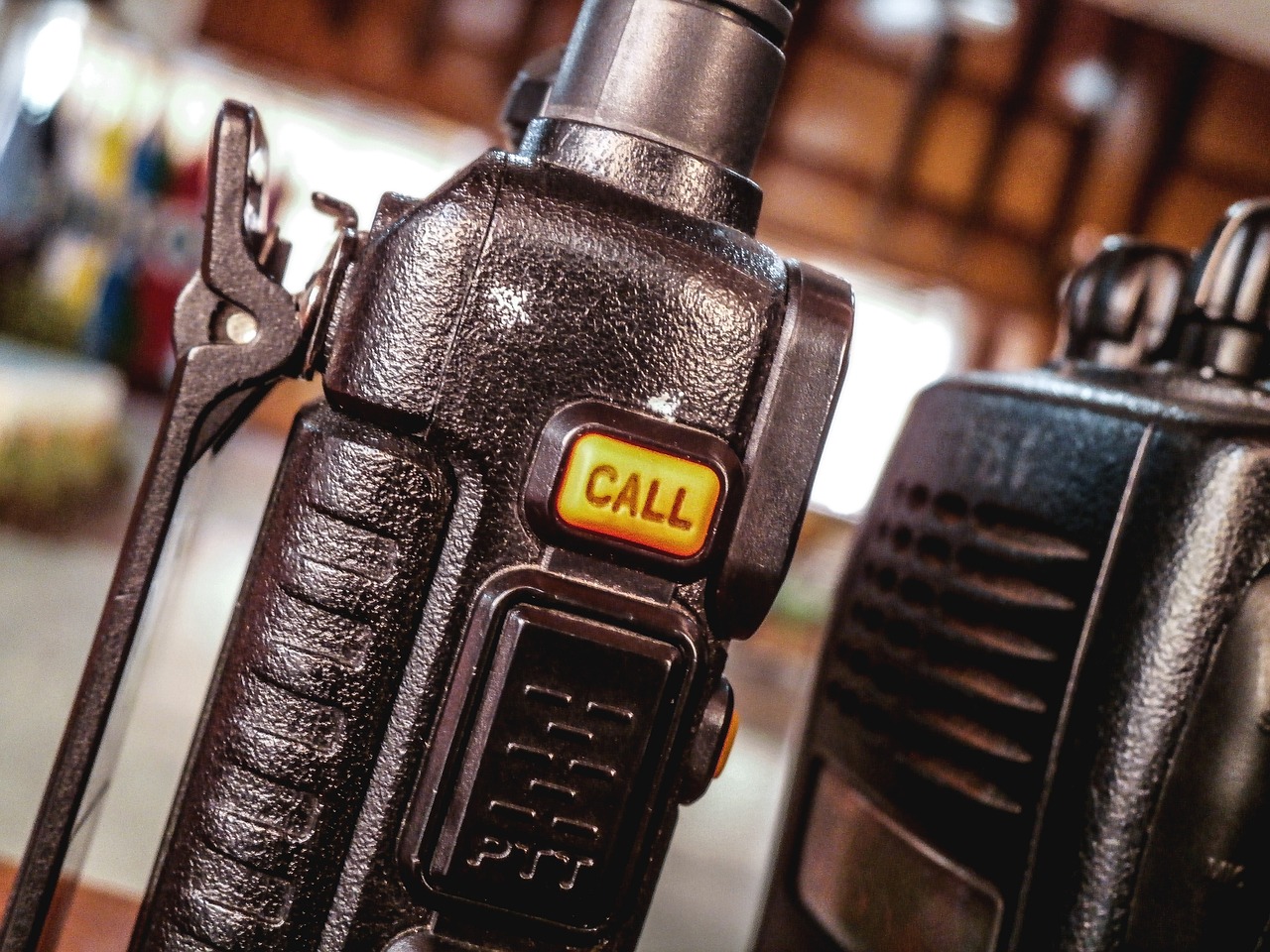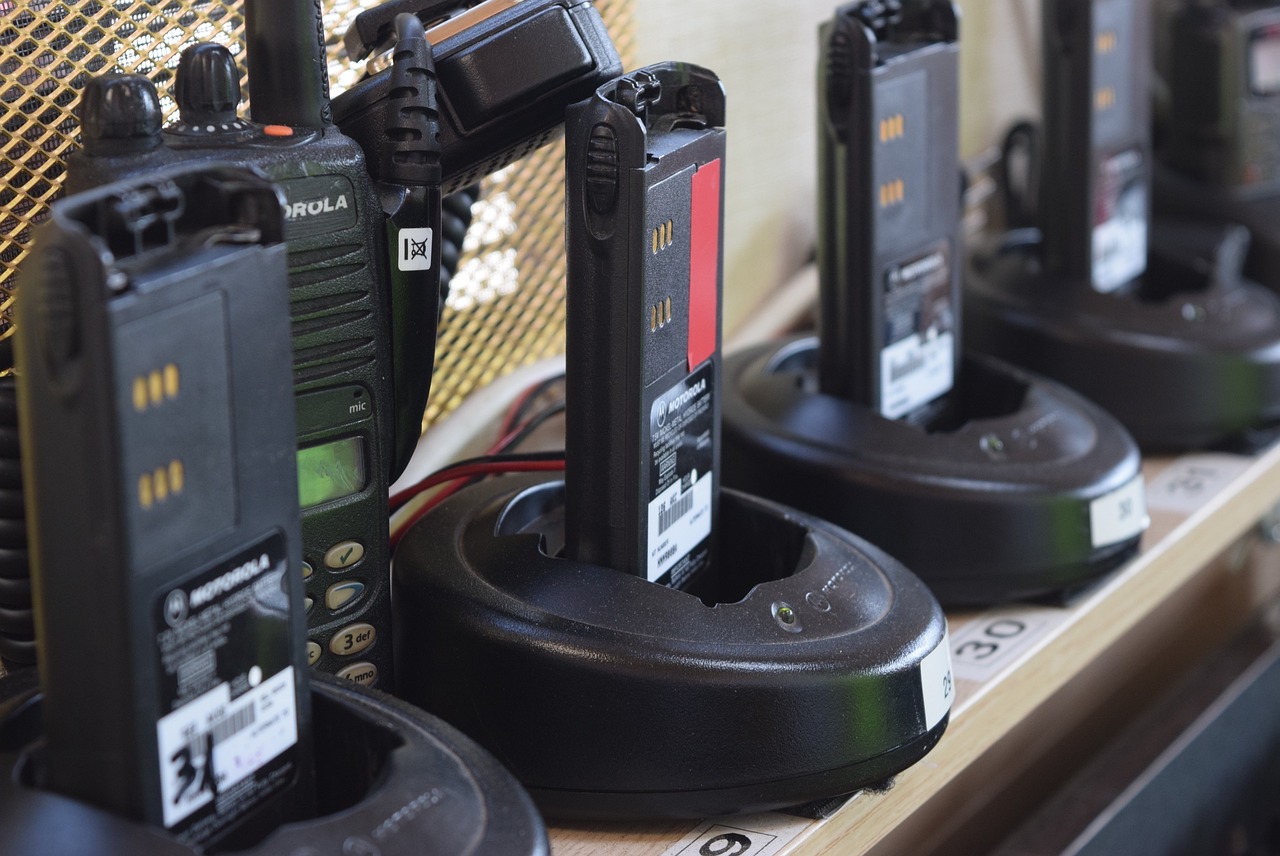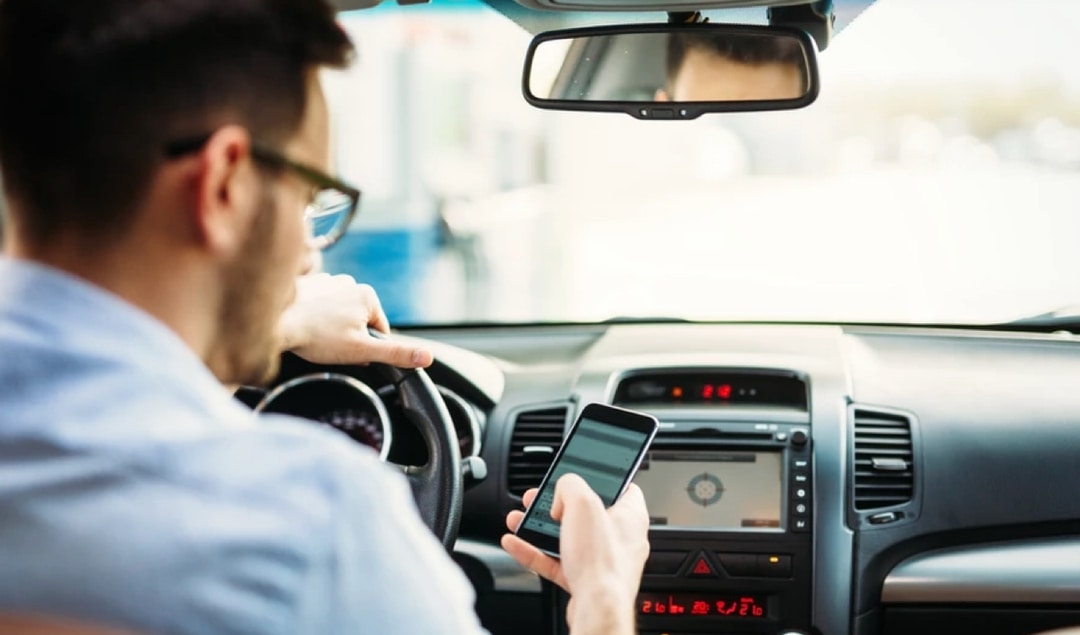For many decades, people relied on analog technology for radio communications because it was simple and easy to use. But in recent years, the status of analog as the predominant radio communications technology has been running due to the rise of digital radio technology, which provides clear sound, more functionality, superior coverage, and more.
Before we get into the differences between analog and digital radios, let’s start with the basics. Both analog and digital radios send out a carrier frequency wave signal. Analog radios send out a signal using frequency modulation that encodes sound in the carrier wave. The analog radio modulates the frequency wave based on the sound information it receives. A receiving analog radio can then demodulate the frequency wave to reproduce the original sound information. This technology creates an analogy of the original sound, and thus the name “analog technology.”
Instead of encoding sounds into a carrier frequency wave, digital radios capture sound information as ones and zeros. A receiving radio then translates this binary information back into audible sound. The digital sound information is sent in chunks, which is unlike the continuous signal sent out by analog radios. Because of this distinction, digital radio will cut off once the information it sends cannot be deciphered by a receiving radio. By comparison, the audio from an analog radio will fade as a receiver radio leaves the signal range.
Digital radios do not capture as much sound information as analog radios. However, they can offer clearer audio thanks to digital processing. The ability to process the ones and zeros of a digital signal also opens up all kinds of other possibilities, such as sophisticated encryption and noise reduction.
As expectations around communication continue to grow, the debate over digital vs. analog will become less relevant, as the ongoing development of digital technology means digital radios will be able to keep pace. Analog radios won’t go away anytime soon, but they will become less relevant as we go forward.
Consider the following advantages that digital radios offer over analog radios:
Superior Signal Quality and Clarity
Two-way radios aren’t the only area where there’s a digital vs. analog debate. You might think that digital audio is superior to analog, but any fan of vinyl records will tell you analog audio actually contains more information than digital audio.
Because analog audio is a continuous signal, it is a more realistic representation of the original sound. However, the hardware in analog radios only recreates some frequencies from the original live sound to prevent the audio from distorting. This gives analog radios an unnatural “warm” sound to our ears. By comparison, digital processing allows digital radios to include more high frequencies from the original sound, making it sound “clearer” to our ears, even though digital audio might have less of the original live sound.
A bigger and more important difference between digital and analog has to do with interference. Analog signals have a difficult time passing through physical objects and remaining intelligible. On the other hand, the binary nature of digital signals makes them more definitive, and this makes them much more intelligible when there’s interference. Because of this, digital radios can maintain quality and clarity in the face of interference.
Digital processing also gives digital radio benefits when it comes to signal quality and clarity. Some radios include a feature called automatic error correction that is capable of eliminating background noise. This lets you have a conversation with someone even though you might be in a noisy work environment. Error correction also helps at the edge of a signal range, where analog radios are more likely to fail.
Noise and Interference
A key difference between analog and digital radios is that analog radios aren’t capable of discriminating between speech and background noise. So, an analog radio transmission will include everything its microphone picks up. The issue of unwanted noise is compounded by the fact that signal interference causes static. Taken together, small amounts of noise and interference can overwhelm human speech and make it unintelligible. This effect gets even worse toward the edge of signal coverage.
In this area of the digital vs. analog radio battle, digital radios gain the edge via built-in error correction. This function is able to identify the human voice and filter out audio that doesn’t match the audio profile of a human voice.
Encryption and Security
Another big difference between analog and digital radios has to do with security. While analog radios have limited security features, two-way digital radios use encryption to allow for secure communications. This prevents unwanted eavesdropping and allows people to discuss sensitive information over long distances.
To protect sensitive conversations, two-way digital radios use a coding algorithm controlled by an encryption key. Both the transmitting and receiving radios have the same encryption key that allows each one of them to encode and decode audio. If a radio does not have an encryption key, it will not be able to decode any encoded transmissions.
Two-way digital radios use several different forms of encryption listed below.
Simple Inversion
Commonly found in entry-level and mid-tier digital radios, simple inversion encryption provides adequate protection in most applications. This encryption method inverts the frequencies and volumes of an audio signal so that it is unintelligible to anyone listening without an encryption key. Most radios have 32 different encryption keys that can be set using the radio’s software. Another radio must be on the same frequency, with the same privacy code and encryption key, to be able to understand the transmission.
Hopping Inversion
Slightly more sophisticated than simple inversion encryption, hopping inversion encryption transforms audio by shifting different frequencies and frequency rates. This causes the signal to “hop” across the frequency range. While some digital two-way radios use hopping inversion in the 900 megahertz range, most of them do not.
Rolling Code Inversion
Typically seen in mid- and upper-tier digital two-way radios, this kind of encryption inverts the audio signal at a constantly changing pace. For example, rolling code inversion might start by inverting frequencies in the midrange and progressing toward an upper limit before reversing course and converting frequencies back toward a lower limit.
Radios that use this type of encryption typically have 1020 different encryption keys, which can be set through the radio software. Because of the number of codes and the constantly changing inversion, this type of encryption is much more sophisticated than simple or hopping inversion. It is often used in highly sensitive applications where security is very important.
DES (Data Encryption Standard) and AES (Advanced Encryption Standard)
DES is a math-based encryption method that was developed in the 1970s. More recently, it’s been replaced by the more sophisticated AES method. These highly sophisticated encryption methods are used in the most sensitive applications, such as those related to national security and large financial transactions.
Using these encryption standards is slightly more involved than using inversion encryption. Setting encryption codes requires a device called a keylogger, which looks similar to a digital two-way radio. In order to set an encryption code, the key loader must be attached to the radio with a cable, and the user must then enter a certain protocol to create a unique encryption code. The key loader then transcribes the code into a final key that is then loaded into each radio device. Because a key loader allows access to an entire system, it is not generally available to the public.
Clearly, these encryption methods are very advanced and secure. As such, they typically come with a premium price tag and are only available on the most expensive digital two-way radios.
Compatibility and Transition
While analog radios are unable to decipher digital radio signals, digital two-way radios can receive an audio signal. The ability to use both analog and digital radios together allows for a more convenient digital migration for companies looking to slowly adapt digital radios across their entire team or fleet. During this transition, companies can train employees on how to use, care for, and maintain their new digital radios.
Cost and Investment
This is one area of digital vs. analog that isn’t so clear-cut. There’s no getting around the fact that there’s a bigger cost associated with buying digital two-way radios. The size of the return on that investment comes down to how much functionality you need from your two-way radios.
If you only need them for basic communications for short periods of time over short distances, you may be able to get away with analog radios. However, if you need constant radio communication or large distances and in spaces with significant interference, digital radios are probably the way to go.
In addition to their advantages related to signal strength and clarity, digital radios can also provide a number of features that analog radios cannot. Standard features include GPS tracking, encryption, text messaging, private calls, and more. Many modern digital radios can also supply significantly expanded coverage by connecting to a 4G or 5G data network.
It’s also worth noting that digital two-way radios are more energy efficient than analog radios. For teams that use radio communications all day, greater power efficiency also means less time dealing with battery charging and dead radios.
Because digital radios offer advantages over analog radios and more features, they are more expensive. However, digital radios are considered the industry standard for today and tomorrow. Investing in digital radios today makes sure that your team is keeping up with the competition.
We Can Help You Take Your Radio Communications to the Next Level
If your company is currently debating digital vs. analog radio technology, you’ve come to the right place. At Fleet Radio, we have a wide range of products and solutions that can help your team stay connected. If you are currently considering digital radios for your team and want to better understand the difference between analog and digital radios, contact us today to discuss which radios are best for your needs.













